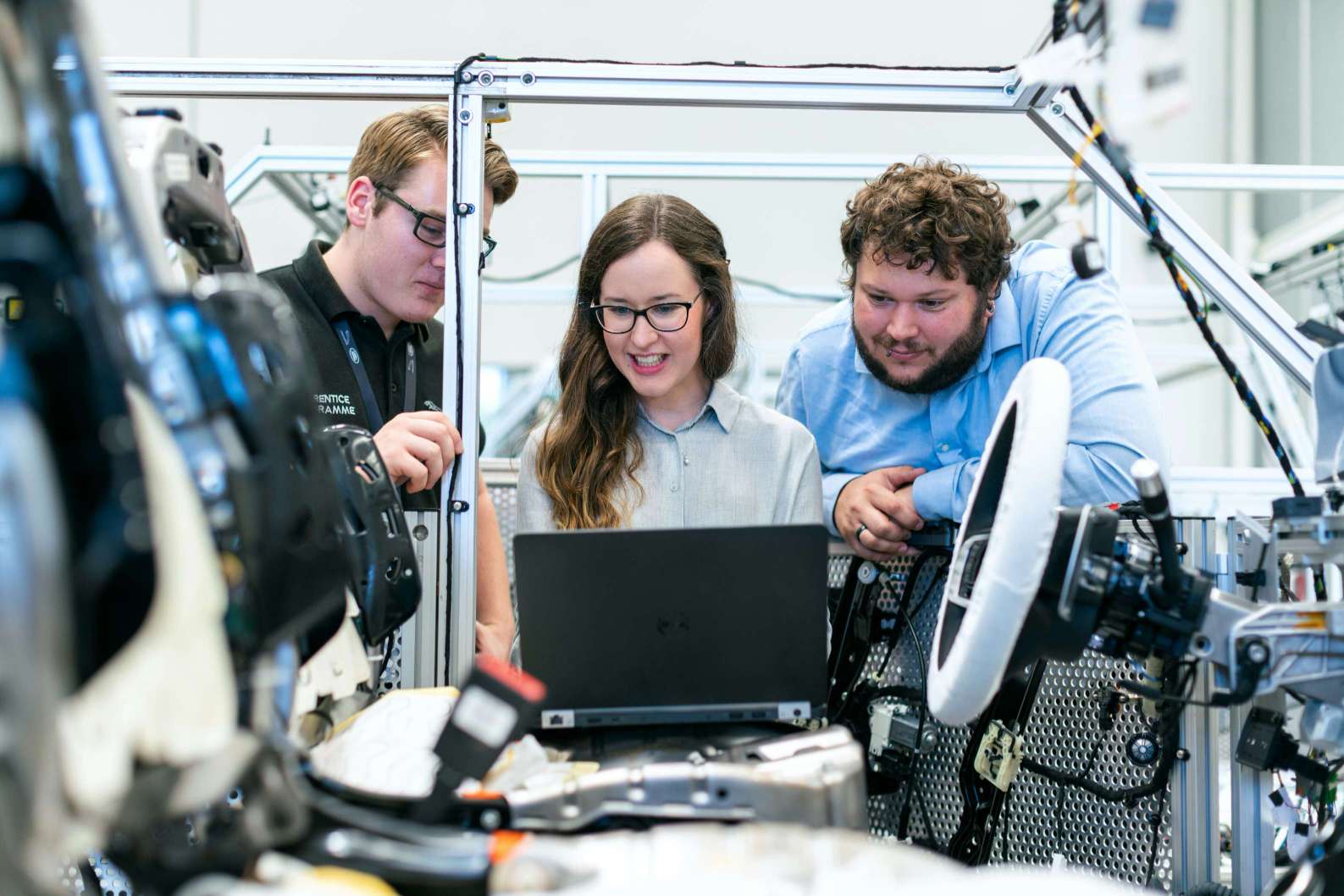Augmented Manufacturing: The Intersection of Reality and Digital
4 min read
12 Oct 2025
Augmented Manufacturing represents a transformative approach where digital technologies merge seamlessly with traditional manufacturing processes, enhancing capabilities and efficiencies across industries. This article delves into the concept of augmented manufacturing, its applications, benefits, and future implications.
Understanding Augmented Manufacturing

Augmented Manufacturing integrates advanced digital technologies, such as augmented reality (AR), virtual reality (VR), and mixed reality (MR), into traditional manufacturing workflows. These technologies overlay digital information onto physical environments, facilitating enhanced visualization, simulation, and interaction during production.
Applications of Augmented Manufacturing
Augmented Manufacturing finds applications across various sectors: Design and Prototyping: AR and VR enable designers and engineers to visualize and iterate on product designs in real-time, improving collaboration and accelerating prototyping processes. Training and Skills Development: AR-based simulations enhance training for manufacturing operators, allowing them to practice complex tasks in a safe, virtual environment.
Benefits of Augmented Manufacturing
Augmented Manufacturing offers several advantages: Enhanced Visualization: AR and VR technologies provide immersive 3D visualization of manufacturing processes, aiding in better decision-making and problem-solving. Improved Efficiency: By overlaying digital instructions and real-time data onto physical objects, augmented manufacturing reduces errors, streamlines workflows, and speeds up production.
Future Implications of Augmented Manufacturing
The future of augmented manufacturing is promising with advancements in: Digital Twins: Integrating digital twin technology with AR/VR enables real-time monitoring, predictive maintenance, and optimization of manufacturing processes. AI and Machine Learning: AI-driven algorithms enhance AR/VR applications by analyzing data, optimizing workflows, and enabling autonomous decision-making in manufacturing.
Conclusion
Augmented Manufacturing represents a significant paradigm shift in the manufacturing industry, leveraging digital technologies to enhance productivity, quality, and innovation. As AR, VR, and AI continue to evolve, augmented manufacturing is poised to revolutionize how products are designed, produced, and maintained, driving competitiveness and growth in the global market.
FAQs
More Articles

The Evolution of AR Glasses: What to Expect from the Next Generation
5 min read | 20 Oct 2025

How VR is Shaping the Future of Travel: Virtual Destinations and Experiences
6 min read | 19 Oct 2025

AR in Healthcare: From Surgical Navigation to Patient Education
7 min read | 18 Oct 2025

The Rise of VR Concerts: How Virtual Reality Is Changing Live Music Experiences
6 min read | 17 Oct 2025
More Articles

The Energy Paradox: Powering the Blockchain Revolution Sustainably
6 min read | 05 Oct 2025

Decentralized Justice: Can Blockchain Revolutionize Law Enforcement?
6 min read | 04 Oct 2025

Beyond Crypto-Kitties: The Future of Blockchain Gaming
5 min read | 03 Oct 2025

The Algorithmic Revolution: AI Meets Blockchain for Enhanced Security
7 min read | 02 Oct 2025
